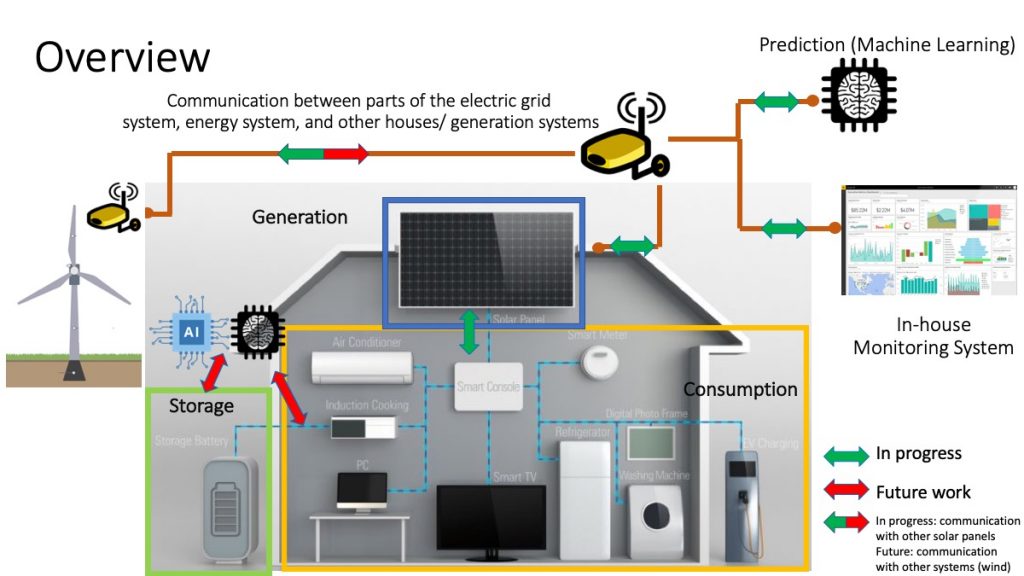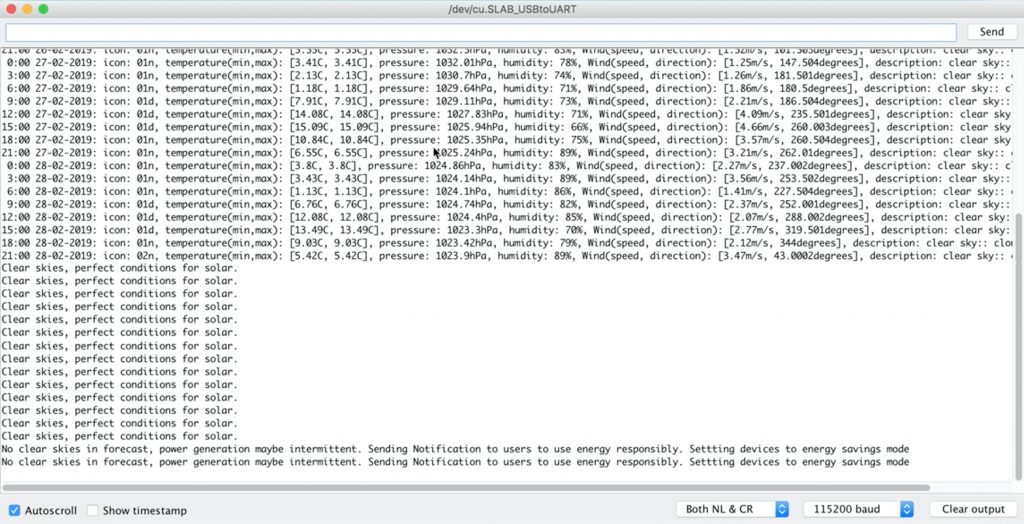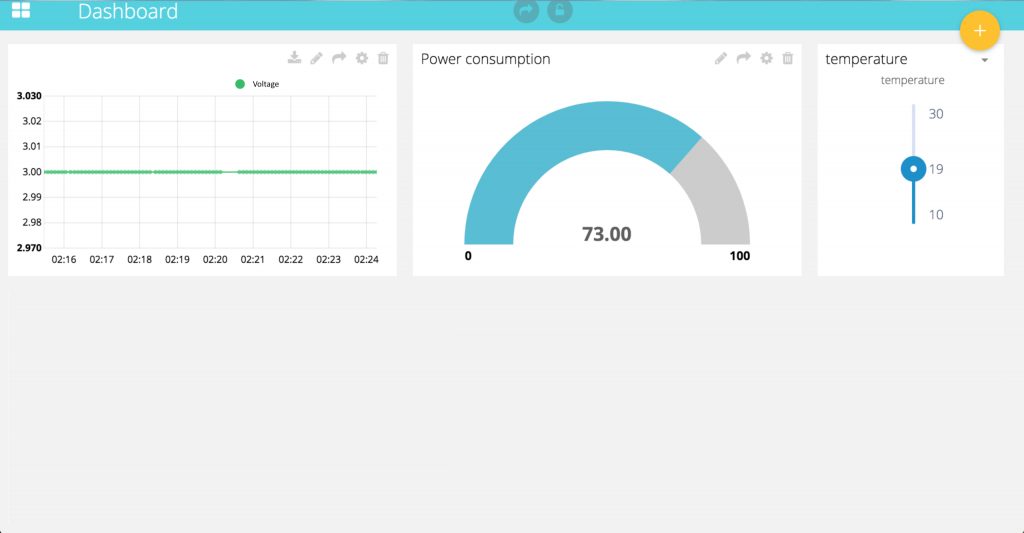Energy Optimization Platform
Precursor To Smart Energy Grids and Systems
Smart Energy System (SES)
SES is an integrated system which includes electricity (smart grids), heating, cooling industry, buildings, and transportation. SES allows for the identification achievable solutions to the transformation into future renewable and sustainable energy solutions. By using the SES approach, a 100% renewable energy system is becoming more feasible.
One of the main challenges in the planning, operation, and control of the power system networks, is related to power generation intermittency in wind and solar systems, due to inconsistent supply of wind and sun.
With the continuous advancements in ICT, smart meters, and electricity storage technologies, combined with the recent wide-integrations of data analysis and predictive tools such as machine learning and artificial intelligence in several fields, an integrated prediction analysis to forecast generated power and communication between the different aspects of energy generation, storage, and consumption would address one of the main current challenges.

A Smart Grid is an essential element in the composition of sustainable Smart City operations, especially when using renewable energy power sources.
An optimized system consists of a connected communication system that auto-regulates based on predictive analysis:
Generation
- Predicts its own ability to generate the required energy for storage based on weather patterns
- Actively interacts with the consumption and storage system
Storage
- Monitoring system for power storage
- Actively communicate with both generation and consumption systems
- Auto-regulate based on consumption pattern and the generation system’s ability to sufficiently provide the consumption demand, by relaying messages/command to control consumption
Consumption
- Monitor power consumption from individual devices or from a central location
- Be in active communication with generation and storage systems
- Devices automatically enter energy-efficiency modes when there is no expected power generation or enough storage to maintain full-power modes on devices.
Energy consumption connected to weather forecasting:
If the 3-hrs weather forecast indicates non-ideal weather conditions for power generation using solar, such as raining or cloudy weather, the load automatically goes into power savings mode.

Weather forecast data (Weather API – OpenWeatherMap) is collected and correlated with energy consumption data. In non-ideal weather, system sends a notification for users to use energy responsibly, and devices automatically go into power-savings mode.

Power consumption data of a connected load is (current and voltage) data is uploaded to be visualized in real-time.

Power consumption some weather data is visualized in real-time, using an online IoT platform, Ubidots.
Demonstration
Similar platform for energy consumption auto-regulation in systems that do not rely on power generation from renewable energy sources.




